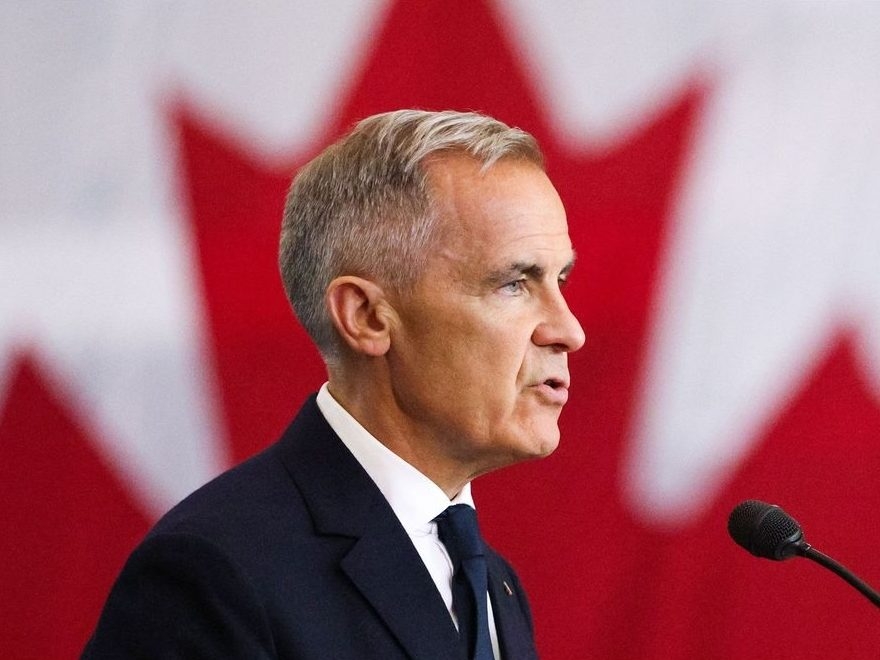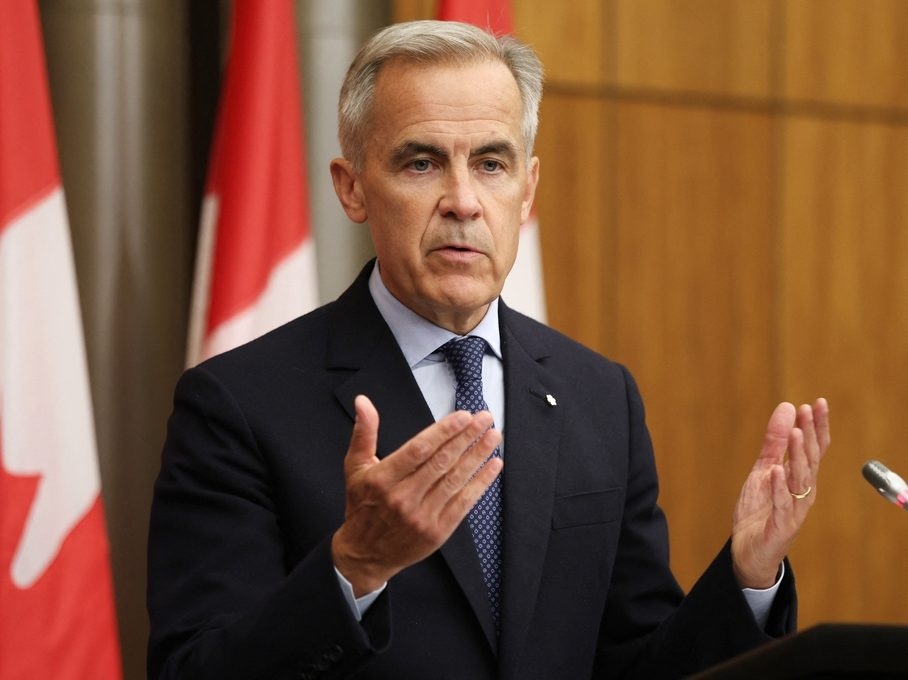A staggering $1.5 billion vanished in just ten days as the federal government raced to spend before the fiscal year closed. Newly revealed records paint a picture of a frantic spending spree, raising questions about financial oversight and priorities.
The Department of National Defence led the charge, consuming a massive $771 million during that short period. This surge in expenditure coincides with Canada’s ongoing struggle to meet its NATO commitment of dedicating 2% of its GDP to defence – a target that has proven elusive.
Millions were allocated to critical military equipment, including $3.5 million for bombs and missiles purchased from General Dynamics. Another $1.7 million went to the German manufacturer of Canada’s Leopard 2 tanks, highlighting a push for modernization and readiness.

The spending wasn’t limited to weaponry. Surprisingly, over $200,000 was used to acquire office furniture, some even sourced from other government agencies like the Correctional Service of Canada. Fuel was even purchased directly from the United States Army and Air Force, totaling nearly $280,000.
Large contracts were awarded for significant projects: over $12.9 million for “non-military motor vehicles,” nearly $30 million for shipbuilding, and a further $32.1 million for – again – bombs and missiles, likely through a direct purchase from the United States government. Experts suggest this aggressive spending is a deliberate tactic to reach the NATO target.
Beyond defence, other departments participated in the late-year rush. Fisheries and Oceans spent $99.3 million, while Shared Services Canada allocated $78.5 million. Even seemingly mundane purchases contributed to the total, like VIA Rail’s $4.3 million expenditure, including $1.5 million for 2,800 new iPhones for staff.
The Canada Revenue Agency spent $6 million, a portion of which – nearly $50,000 – was used for employee awards and recognition. This raises questions about the allocation of funds when essential services might be underfunded.
However, a disturbing pattern emerged: a lack of transparency. The Department of Canadian Heritage claimed details for over 450 spending items were “not readily available.” Several agencies, including the CBC, Canada Council of the Arts, and Telefilm Canada, refused to disclose any spending data at all.
Public Safety Canada and the Canada Border Services Agency also withheld detailed breakdowns of their multi-million dollar expenditures. Even the RCMP cited logistical challenges, claiming their decentralized structure made it impossible to provide a comprehensive accounting of their $89 million spend. This veil of secrecy fuels concerns about accountability and responsible use of taxpayer money.
The sheer scale of the spending, coupled with the lack of transparency in some areas, has ignited debate about government financial practices. It begs the question: are these expenditures truly necessary, or are they a consequence of a “use it or lose it” mentality at the end of each fiscal year?





